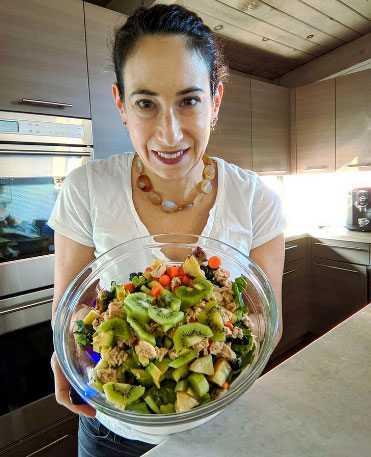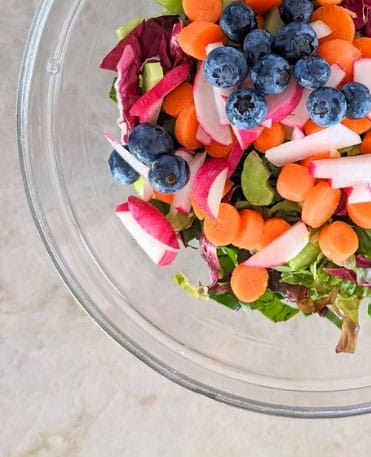What are Flavonoids?
Flavonoids are compounds naturally found in plants. They give plants their distinct color and smell and protect them from harmful UV rays, toxins, microbes, and other natural stressors. These compounds also help plants survive droughts and extreme temperatures.
Currently, around 6000 flavonoids are divided into different subgroups based on their chemical structure. These groups include: Flavanols, Flavan-3-ols, Flavones, flavanones, isoflavones, and anthocyanins
How Do They Fight Inflammation?
Flavonoids are powerful anti-inflammatory compounds that help remove free radicals from your body and lower oxidative stress.
They also help your body recover from inflammatory reactions
One of the ways they fight inflammation is by inhibiting COX-2 enzyme. This enzyme is responsible for increasing the production of prostaglandins to initiate an inflammatory response. To put this in perspective, NSAIDs are also COX-2 inhibitors which is why you take them when you have pain or swelling. Flavonoids do the same thing.
There are some other great health benefits of flavonoids, which include:
- Lower blood pressure
- Protect your heart
- May reduce your risk of developing type 2 diabetes
- May stop cancer cells from replicating
- May inhibit enzymes that trigger neurodegenerative diseases
Where Do You Find Flavonoids?
Flavonoids are found in a variety of plants. Below is a breakdown of the different flavonoid groups and the foods that contain them. Notice that most of these are common fruits and vegetables and also contain other anti-inflammatory compounds.
-
Flavanols: onions, kale, grapes/red wine, tea, peaches, berries, tomatoes, lettuce, scallions and broccoli
-
Flavan-3-ols: teas (black, green, white, oolong), apples, grapes, blueberries, strawberries, cocoa and chocolate
-
Flavones: parsley, red peppers, celery, chamomile, peppermint, mint
-
Flavanones: lemons, limes, oranges, grapefruit
-
Isoflavones: soy, fava beans
-
Anthyocyanins: Berries, grapes
How to Get Them into Your Diet
- Breakfast: Oatmeal with berries and a mug of tea
- Lunch: Salad with lettuce, kale, tomatoes, mint, fava beans and a lemon vinaigrette
- Snack: Celery + apple slices with nut butter and raisins
- Dinner: broccoli & pepper stir-fry with tofu and red wine with grilled peaches for dessert
If you struggle with ongoing issues with your autoimmune disease or other inflammatory disorders, it is imperative that you get these key plant compounds into your diet. Use the plan above or contact me to schedule a free call if you feel like this is overwhelming for you. I’d love to help you feel better with a few simple tweaks to your everyday eating plan.


